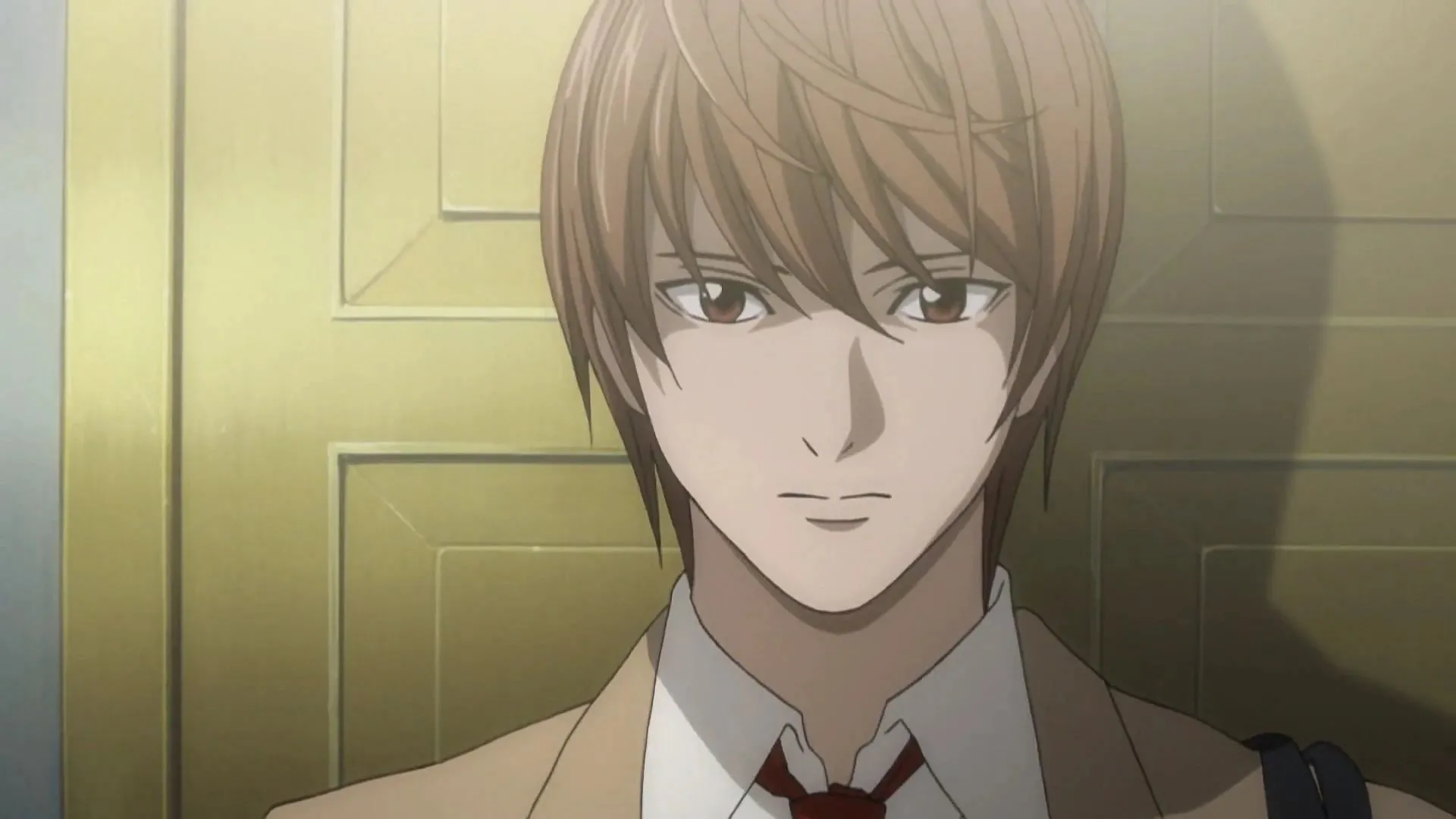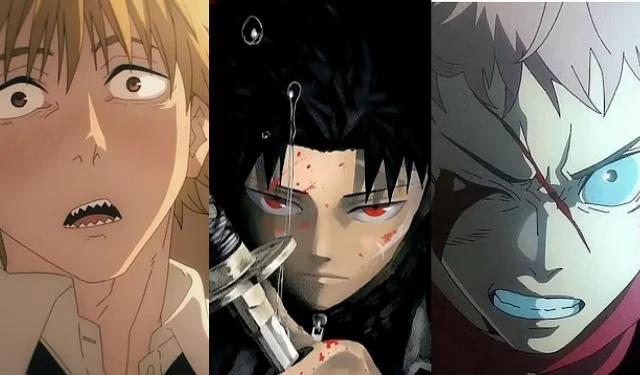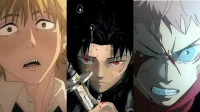Shonen Protagonists play a pivotal role in shaping the landscape of Shonen anime, captivating audiences with their infectious optimism and compelling journeys. These characters not only attract viewers but also significantly contribute to the popularity of anime as we know it today. Iconic figures such as Luffy from One Piece, Ichigo from Bleach, and Naruto from Naruto have redefined the genre, marking a transformative era in animation and storytelling.
Recent Trends in Shonen Protagonists
As of late, a noticeable evolution in the characterization of Shonen protagonists has emerged. The traditionally upbeat characters are gradually being supplanted by more complex, darker personas. Recent hits like Chainsaw Man, Jujutsu Kaisen, Hell’s Paradise, and Solo Leveling exemplify this trend, gaining traction and reshaping audience expectations. This shift is not limited to anime; it also resonates within the manga sphere, evidenced by series like Kagburachi and Red Blue.
This transformation in character development is accompanied by a similar shift in narrative tone. Many stories that began with light-hearted themes are evolving to incorporate darker, more adult-oriented topics. Fans are increasingly questioning the trajectory of Shonen protagonists, pondering whether they are becoming darker in nature. The answer is nuanced: it’s both a ‘Yes’ and a ‘No.’
It’s a ‘Yes’ because the most popular Shonen shows from the past three years spotlight a trend toward darker themes and protagonists. Conversely, it’s also a ‘No’ since many Shonen narratives still adhere to the traditional format, aimed primarily at younger audiences.
Most Shonen protagonists retain their classic traits because the genre is designed for a demographic seeking inspiration, adventure, and positivity. However, series like Kagburachi, Hell’s Paradise, Fire Punch, and Chainsaw Man showcase a marked evolution, even as familiar series like My Hero Academia begin with optimistic narratives but venture into darker territory over time.
Exploration of Complex Themes
One of the striking features of this evolution is the exploration of complex themes that were once considered off-limits for Shonen stories. For instance, Kagburachi delves into the depths of identity and revenge. Chihiro, the protagonist, embarks on a quest to collect enchanted blades while grappling with the unsettling possibility that these weapons were involved in a genocide. As he uncovers this truth, it challenges his understanding of himself and the nature of his mission.
Similarly, in My Hero Academia, Deku begins his journey filled with a hopeful spirit, driven by a desire to protect others. His character evolves, and he struggles to define his identity amid the legacy of past heroes tied to his quirk, One for All. This journey reflects a broader narrative arc where lighthearted beginnings give way to the harsh realities of heroism.
The Dark Trio and Its Impact

Notably, the emergence of what fans refer to as the “dark trio”—Hell’s Paradise, Jujutsu Kaisen, and Chainsaw Man—illustrates how Shonen can incorporate elements of horror and existential dread. Critics have dubbed these series as ‘Anti Shonen’ for their stark departure from the genre’s traditional themes. These narratives offer a grim perspective on life, differentiating them from earlier Shonen works where protagonists often retained an unwavering love for the world despite its challenges.
Conclusion: A Blurred Line Between Shonen and Seinen
The evolution of Shonen protagonists reflects a broader shift within the genre, where characters that once embodied light-heartedness are increasingly confronted with darkness. While traditional Shonen motifs remain prevalent, the growing acceptance of complex and darker themes indicates a gradual merging of Shonen and Seinen elements. Even Demon Slayer, among the most celebrated recent Shonen works, reveals a main character whose journey darkens as the story unfolds, highlighting the nuanced and evolving nature of the genre.
In summary, while many traditional traits of Shonen protagonists endure, the narrative landscape is changing, offering a richer tapestry that resonates with a diverse audience.


